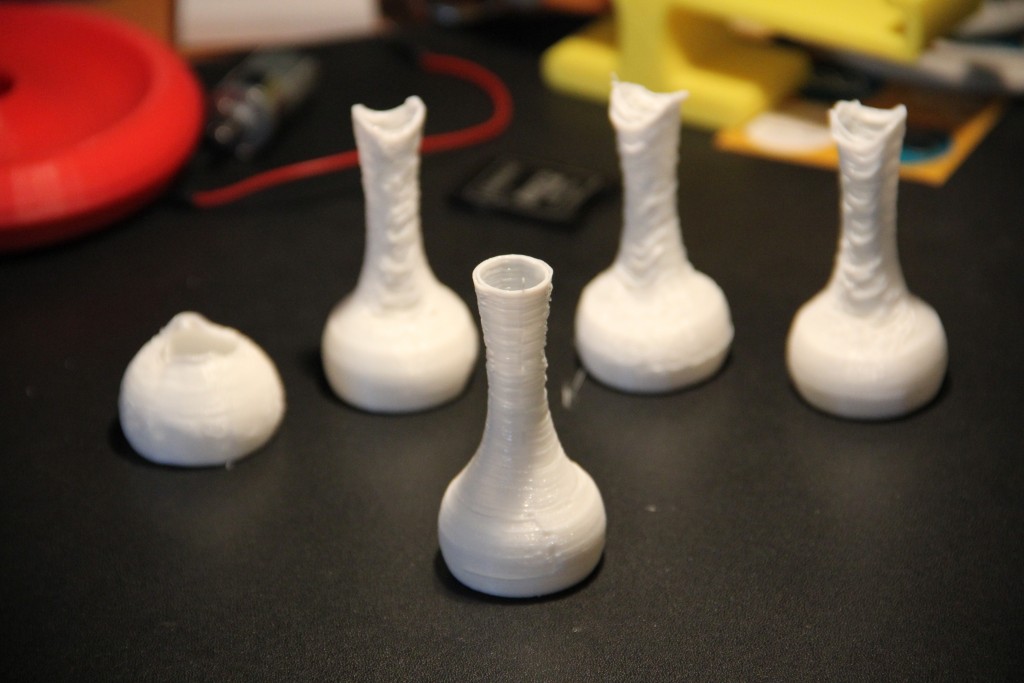Sometimes you run across great models/files on Thingiverse or elsewhere on the net that are solid objects that you’re supposed to print without a “roof” or top layer. The same is sometimes true about printing objects without a floor or bottom.
 If you’re using Cura, Slicer or other non-Makerbot software you can find these setting available in the advanced settings, but on Makerware/Makerbot software it is a bit tricker. You’ll need to create and modify a custom profile.
If you’re using Cura, Slicer or other non-Makerbot software you can find these setting available in the advanced settings, but on Makerware/Makerbot software it is a bit tricker. You’ll need to create and modify a custom profile.
I am not sure why they don’t simply create an “Expert” tab that allows for simple check boxes to turn these features on and off. There have been a couple of folks posting tools to give it that functionality but some of them are more complicated than what we’ve done here.
(Wow, I just checked YouTube and don’t see a video that I thought would be there…. )
 To edit your profile: Go to the “Settings” tab and then click and expand the “Advanced options” . At the bottom you’ll see a “Create Profile” button. Click it and give it a meaningful name.
To edit your profile: Go to the “Settings” tab and then click and expand the “Advanced options” . At the bottom you’ll see a “Create Profile” button. Click it and give it a meaningful name.
I often put many of the settings in the name title, S2F20L02 (for shells:2, Fill 20%, Layer Height 0.2mm).
Now you can click on “Edit Profile” if you have TextWrangler on your computer then I suggest using that.
These are the lines that I changed in my file. Note that we have two MakerBot printers with dual extruders so I like to make put a temp in for each extruder.
 These variables are spread through out the miracle.jason settings file so it might be easier to edit with a program like TextWrangler,
These variables are spread through out the miracle.jason settings file so it might be easier to edit with a program like TextWrangler,  which is my preference.
which is my preference.
"extruderTemp0": 220, "extruderTemp1": 220, "platformTemp": 60, "roofThickness": 0.0, "floorThickness": 0.0, "infillDensity": 0.0, "doRaft": false,
You can see my entire settings file and one I have used for NinjaFlex (with a special extruder) on my GitHub here.
If you are feeling daring or want to try out other features hidden away here refer to MakerBot’s Custom Slicing documentation here.
Thing shown: “Brio Flex Railtracks” by romanjurt
http://www.thingiverse.com/thing:661462














